Atlanta is a relatively young city or at least it's relatively new as a large city, so quite a lot of its place in history was in the post-WWII era and much even during my lifetime. Saturday was my Democrats day in Atlanta, visiting both the Jimmy Carter Presidential Center and the Martin Luther King National Historic Site plus a few other sites that don’t go very far back in time.
The MLK site is interesting, but I didn’t manage to get one of the limited number of tickets available to tour his birth house
. The visitor center has a quite extensive exhibition on the Civil Rights Movement, something I recall in generalities from history class but not the specifics of places and people and events. Included in the site are the Ebenezer Baptist Church where King and his father preached, King’s gravesite, and houses and other buildings along the street of King’s childhood that have been fixed up from dereliction in the 1960s and 1970s by the National Park Service to their state in the era of King’s childhood. Sweet Auburn apparently fell into decay in 1950s and 1960s and hasn’t fully recovered since. There are still boarded up buildings within a few blocks of the King site but also new apartment construction not much further away.
Oakland Cemetery in southeast Atlanta is the permanent home of lots of famous deceased Atlantans which makes it a bit of a tourist sight. Oakland is what a cemetery should look like with big mausoleums and statues as well as less elaborate gravestones. There are Union and Confederate sections from Civil War Battle of Atlanta and separate Jewish and Black sections from the era of segregation
.
The Georgia state capitol building was closed on the weekend, and I wasn’t planning to hang out in Atlanta until Monday to tour the interior. The Capitol is a large building but quite plain on the outside below its glittery gold dome. If the interior, though, is like the exterior I don’t think I missed very much. Many state capitols are set on stately grounds and are at the center of a significant state government sector. Georgia’s takes up a single city block that backs out towards an expressway interchange. The streets around the capitol and Atlanta’s city hall were almost completely deserted on Saturday afternoon except for lots of homeless people pestering me for money. I was actually somewhat worried for the half hour or so I was parked on the street in Homelessville to check out the Capitol; my car is always full of sleeping bags and other camping gear and would be a bonanza break in to the homeless.
With visiting the Jimmy Carter Presidential Library and Museum I have now been to all the federally-affiliated presidential museums/libraries since they were established with Herbert Hoover’s, with the exception of the recently completed one in Dallas for George W
. Bush. I’ll wait a while to visit that one, allow some time for his presidency to fade into memory as a part of history rather than an eight-year national disaster. That may take a while.
Presidential museums generally reflect something of character of president. Some of the more humble individuals like Truman, Eisenhower, Carter, Ford, and George HW Bush who have served as president have more subdued museums. Bill Clinton’s in Little Rock is naturally massive, grandiose, and particularly self-glorifying. All naturally cast their lives and presidencies in the most positive light, even Nixon’s despite his resignation and disgrace. The Reagan Library/Museum seems the most ideological, reflecting his fervent supporters’ hijacking of Reagan as their archetype ideal rather than the reality of Reagan as a man and a president. (By time Reagan’s museum was being planned and built Reagan himself wasn’t aware of much of what was going on and didn’t have much say in the matter)
.
Carter’s presidency was the time of my first real interest in current events and memories of them, so the transition from history to the world of my life as I’ve known it begins here. My impressions of Carter weren’t positive but were mostly shaped by my father’s strong dislike of him. Some of the things he’s remembered for like a weak economy and stagflation I know as economist were not necessarily of his making. Presidents don’t create all economic circumstances. I’m not sure how historians’ view of his presidency has evolved over the years. He had some real successes like the Camp David accords, getting the American hostages in Iran all back home alive, improvements in relationships with China and Latin America, and the successful Panama Canal treaty. And between his Carter Center to promote peace and his involvement in Habitat for Humanity and other philanthropic projects, Carter has certainly been best ex-president the U.S. has ever had.
For better or for worse Carter’s election was the beginning of an era in which we’ve mostly been nominating governors who have not held federal office as presidential candidates (Carter, Reagan, Dukakis, Clinton, GW Bush, Romney). Maybe it’s anti-Washington or pro-outsider sentiment or the view that executive experience is more important than extensive public service, foreign policy experience, and diplomatic exposure. It definitely seems we’ve been in a long era when our November presidential choices are relatively parochial characters.
Two Democrats in One Day in Atlanta
Sunday, November 02, 2014
 Atlanta, Georgia, United States
Atlanta, Georgia, United States
Other Entries
-
52Georgetown - Washington's Posh Northwest
Oct 1815 days prior Washington DC, United Statesphoto_camera52videocam 0comment 0
Washington DC, United Statesphoto_camera52videocam 0comment 0 -
53Washington National Cathedral
Oct 1815 days prior Washington DC, United Statesphoto_camera56videocam 0comment 0
Washington DC, United Statesphoto_camera56videocam 0comment 0 -
54Phillips Collection - The First Modern Art Museum
Oct 1815 days prior Washington DC, United Statesphoto_camera35videocam 0comment 0
Washington DC, United Statesphoto_camera35videocam 0comment 0 -
55Washington - The Monumental City
Oct 1914 days prior Washington DC, United Statesphoto_camera72videocam 0comment 0
Washington DC, United Statesphoto_camera72videocam 0comment 0 -
56Northern Neck - Birthplace of Presidents
Oct 2013 days prior Warsaw, United Statesphoto_camera33videocam 0comment 0
Warsaw, United Statesphoto_camera33videocam 0comment 0 -
57Fredericksburg - At the Center of the Battles
Oct 2112 days prior Fredericksburg, United Statesphoto_camera48videocam 0comment 0
Fredericksburg, United Statesphoto_camera48videocam 0comment 0 -
58Virginia Museum of Fine Arts
Oct 2211 days prior Richmond, United Statesphoto_camera132videocam 0comment 0
Richmond, United Statesphoto_camera132videocam 0comment 0 -
59Richmond - Capital of the Confederacy
Oct 2310 days prior Richmond, United Statesphoto_camera109videocam 0comment 0
Richmond, United Statesphoto_camera109videocam 0comment 0 -
60Charlottesville - THomas Jefferson Country
Oct 249 days prior Charlottesville, United Statesphoto_camera79videocam 0comment 0
Charlottesville, United Statesphoto_camera79videocam 0comment 0 -
61Montpellier & The Central Virginia Wine Country
Oct 258 days prior Orange, United Statesphoto_camera35videocam 0comment 0
Orange, United Statesphoto_camera35videocam 0comment 0 -
62Appomattox - Where Brothers Stopped Fighting
Oct 258 days prior Appomattox, United Statesphoto_camera19videocam 0comment 0
Appomattox, United Statesphoto_camera19videocam 0comment 0 -
63Virginia's Southern Piedmont Sights
Oct 267 days prior Lynchburg, United Statesphoto_camera31videocam 0comment 0
Lynchburg, United Statesphoto_camera31videocam 0comment 0 -
64The Blue Ridge Parkway
Oct 276 days prior Linville Falls, United Statesphoto_camera48videocam 0comment 0
Linville Falls, United Statesphoto_camera48videocam 0comment 0 -
65Asheville - Hip Metropolis of Southern Highlands
Oct 285 days prior Asheville, United Statesphoto_camera41videocam 0comment 0
Asheville, United Statesphoto_camera41videocam 0comment 0 -
66The Up-Country South
Oct 294 days prior Greenville, United Statesphoto_camera18videocam 0comment 0
Greenville, United Statesphoto_camera18videocam 0comment 0 -
67Atlanta - Capital of the South
Oct 312 days prior Atlanta, United Statesphoto_camera81videocam 0comment 0
Atlanta, United Statesphoto_camera81videocam 0comment 0 -
68High Museum of Art, Atlanta
Nov 011 day prior Atlanta, United Statesphoto_camera116videocam 0comment 0
Atlanta, United Statesphoto_camera116videocam 0comment 0 -
69Two Democrats in One Day in Atlanta
Nov 02 Atlanta, United Statesphoto_camera52videocam 0comment 0
Atlanta, United Statesphoto_camera52videocam 0comment 0 -
70Booth Museum - Western Art in the Southeast
Nov 042 days later Cartersville, United Statesphoto_camera64videocam 0comment 0
Cartersville, United Statesphoto_camera64videocam 0comment 0 -
71Auburn & Tuskegee - Deep in Dixie
Nov 053 days later Auburn, United Statesphoto_camera25videocam 0comment 0
Auburn, United Statesphoto_camera25videocam 0comment 0 -
72Montgomery - As Deep South as it Gets
Nov 064 days later Montgomery, United Statesphoto_camera42videocam 0comment 0
Montgomery, United Statesphoto_camera42videocam 0comment 0 -
73Birmingham Museum of Art
Nov 075 days later Birmingham, United Statesphoto_camera66videocam 0comment 0
Birmingham, United Statesphoto_camera66videocam 0comment 0 -
74Chickamauga & Chattanooga - Civil War in the South
Nov 097 days later Chattanooga, United Statesphoto_camera25videocam 0comment 0
Chattanooga, United Statesphoto_camera25videocam 0comment 0 -
75Cumberland Gap NHP - The Old Way West
Nov 108 days later Cumberland Gap, United Statesphoto_camera24videocam 0comment 0
Cumberland Gap, United Statesphoto_camera24videocam 0comment 0 -
76The Greenbrier Valley - Deep in the Alleghenies
Nov 119 days later White Sulphur Springs, United Statesphoto_camera15videocam 0comment 0
White Sulphur Springs, United Statesphoto_camera15videocam 0comment 0

 Atlanta, Georgia, United States
Atlanta, Georgia, United States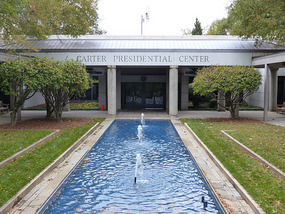
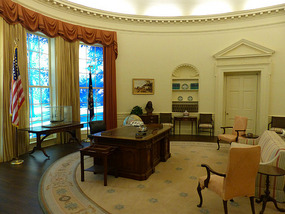
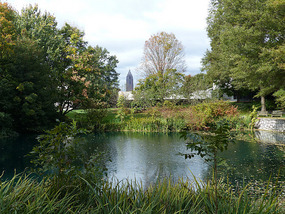
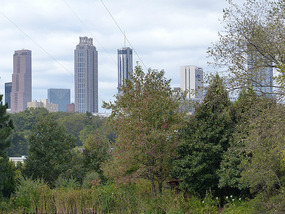

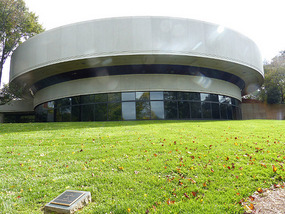
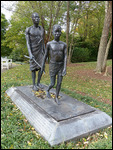
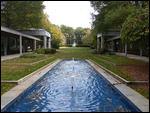
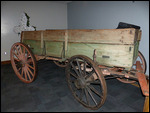

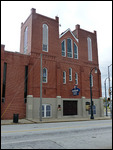
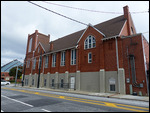
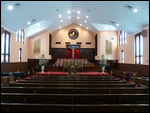
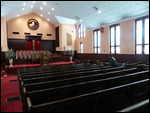
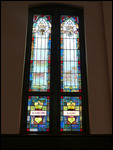
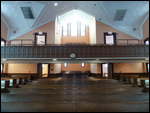
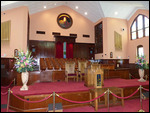
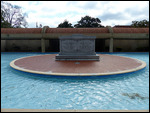
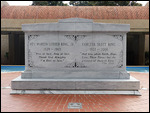
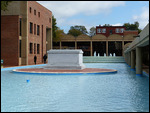
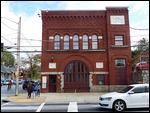
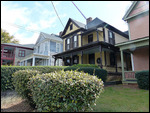
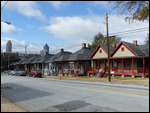
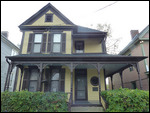

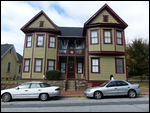
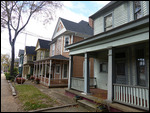
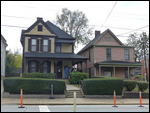
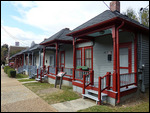
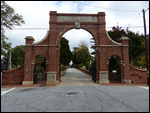
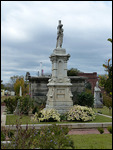

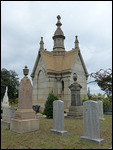
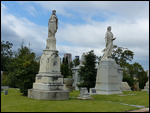
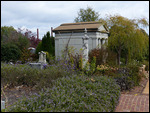
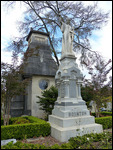
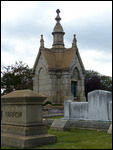
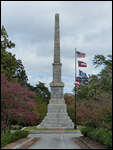
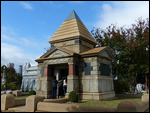
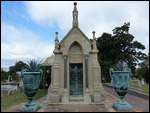
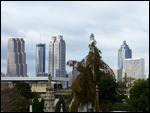
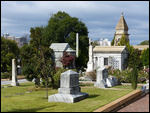
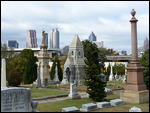
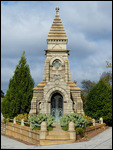


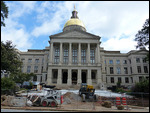
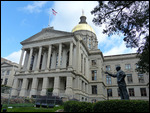
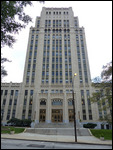

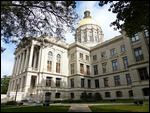
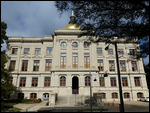
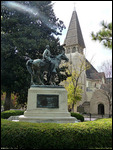
2025-05-23